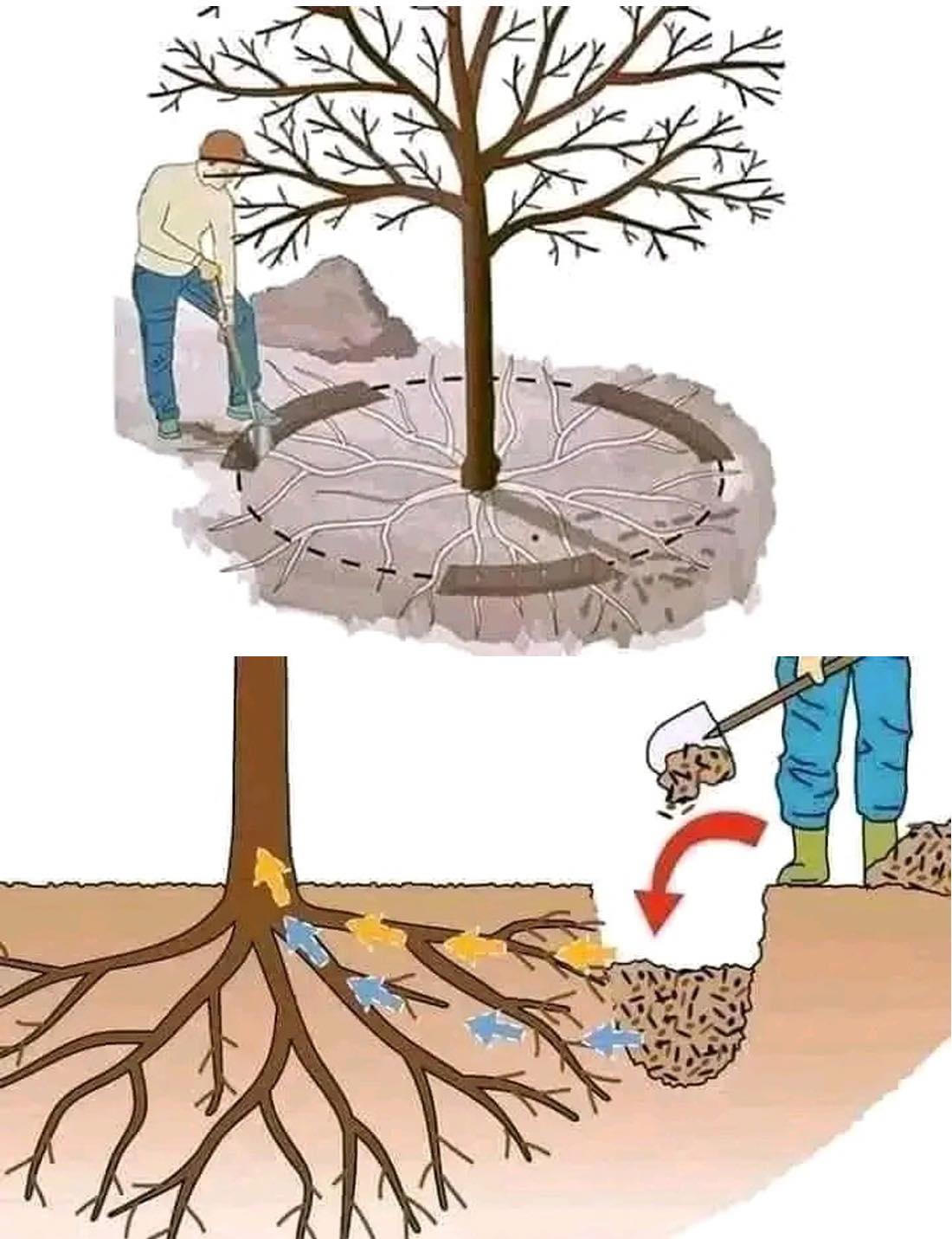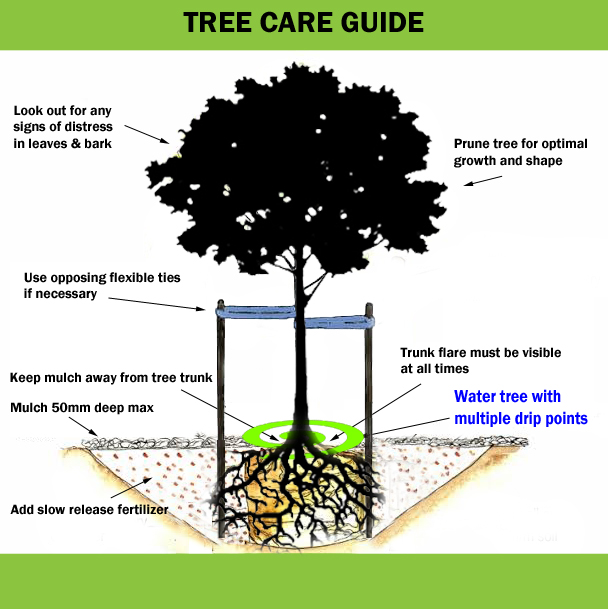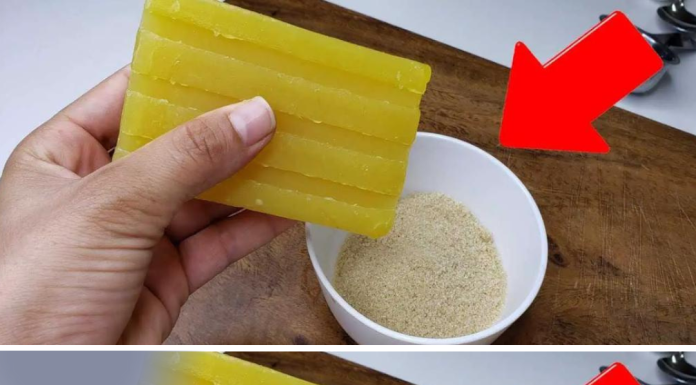The Art of Tree Fertilization: A Guide to Proper Technique and Care
Fertilizing trees stands as a pivotal aspect of nurturing their health and encouraging robust growth. Yet, a common pitfall in gardening is the improper application of fertilizers, which not only squanders resources but also poses potential harm to the trees. This guide delves into the correct approach to tree fertilization, ensuring they receive essential nutrients without risk.

Understanding the Root System
Before delving into fertilization methods, grasp the intricacies of a tree’s root system. Contrary to popular belief, the primary absorbing roots, including vital root hairs, extend outward beneath the canopy, often stretching beyond the drip line. These roots play a pivotal role in nutrient absorption.
Step 1: Assessing the Need for Fertilization
- Soil Testing: Initiate with a soil test to discern any nutrient deficiencies, guiding your fertilizer selection.
- Observation: Be vigilant for signs of nutrient deficiency in the tree, such as leaf discoloration, stunted growth, or premature leaf shedding.
Step 2: Choosing the Right Fertilizer
- Type: Opt for slow-release, granular fertilizers tailored to match the soil’s specific nutrient requirements.
- Formula: Aim for a balanced N-P-K (Nitrogen, Phosphorus, Potassium) ratio, unless soil testing indicates otherwise.
Step 3: Proper Fertilization Technique
- Where to Fertilize: Apply fertilizer where root hairs are most active, beneath the canopy and just beyond the drip line. Avoid direct application near the trunk.
- How to Apply:
- Broadcast Method: Spread fertilizer granules evenly across the soil surface within the root zone.
- Fertilizer Wells: For deeper nutrient penetration, create shallow wells around the drip line and apply fertilizer directly into them.
- Watering: After application, thoroughly water the area to facilitate nutrient absorption. Prevent water pooling around the trunk to avoid potential damage.
Additional Tips for Tree Care
- Watering Practices:
- Shield the tree trunk from direct water contact using a dirt barrier or mulch.
- Ensure adequate soil drainage to prevent root rot, especially in overhydrated conditions.
- During dry spells, schedule irrigations close together without flooding, distributing water in installments to prevent overhydration.
Correct tree fertilization transcends mere nutrient provision; it entails delivering nutrients in a manner that supports overall tree health and growth. By comprehending the root system, selecting suitable fertilizers, and employing proper application techniques, gardeners can foster the vitality of their trees. Remember, the objective is to bolster the tree’s natural processes, cultivating a sustainable environment for its flourishing.










